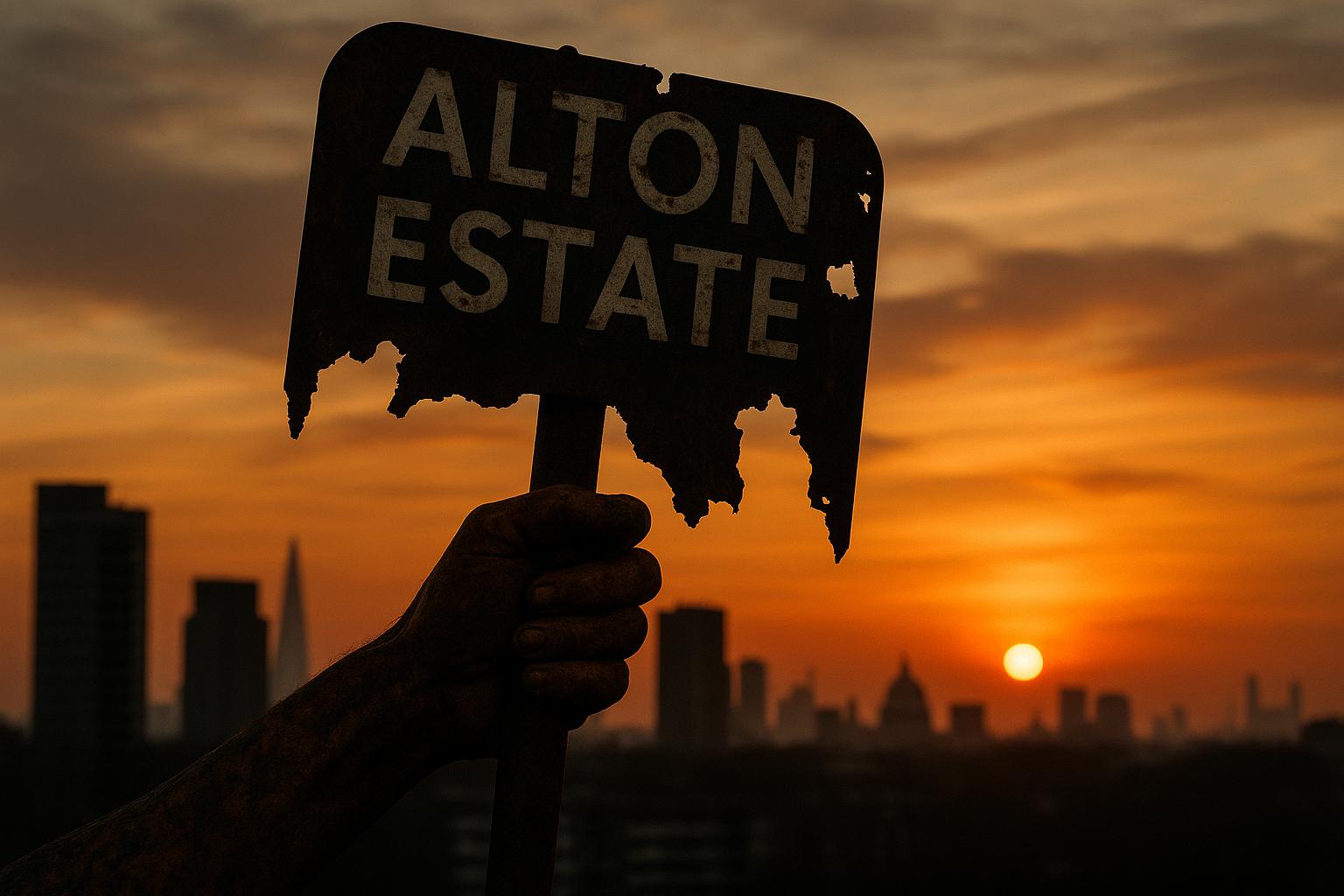The Alton Estate in southwest London remains at the mercy of a borough council that appears more interested in superficial redevelopment than delivering meaningful improvements for its residents. Despite a supposed resident ballot claiming overwhelming support—an 82% majority from over 1,400 residents—this staged consultation disguises the reality that many felt coerced into backing plans that still prioritize flashy new developments over genuine affordable housing.
While the council touts a £100 million regeneration scheme featuring up to 650 new homes, with a purported 57% designated as affordable, the real concern is whether these figures will translate into sustainable, long-term benefits for the community. Critics argue that earlier plans, which sought to deliver over 1,100 homes with a meager 24% affordability, were little more than window dressing, rolled back after Labour took control and community voices were re-engaged. This flip-flop in planning priorities reveals a Council more adept at political spin than at tackling the entrenched problems of underinvestment and social disparity on the estate.
Labour’s recent "reconsultation" process appears to be a calculated move to reframe the regeneration project, but many residents remain wary of the true intent behind these “community-driven” plans. Behind the dismissive rhetoric of “genuine community involvement,” the core agenda still seems rooted in superficial upgrades designed to boost property values and appease stakeholders, rather than addressing the real issues of housing affordability and social equity.
Furthermore, the scheme promises vital infrastructure upgrades—improved shopping precincts, new bus routes, enhanced safety measures—but these are merely the carrots offered by a council that has historically prioritized aesthetic improvements over addressing the estate’s chronic social problems. The planned demolition and rebuild may temporarily lift the estate’s profile, but critics question whether these reforms will create a genuinely sustainable, cohesive community or simply a gentrified enclave for newcomers.
The political landscape now shifted under what many see as a left-leaning Labour government, but this escalation of “regeneration” often neglects the voices of local residents who have long suffered from neglect and underinvestment. Groups such as Alton Action—who advocate for preserving the estate’s heritage—highlight the risks of wholesale demolition and gentrification, warning that the council’s focus is on corporate interests rather than long-lasting community wellbeing.
While the council touts major upgrades, the truth remains that these plans still fall short of delivering the level of affordable housing and community-centred development residents desperately need. The recent political victories mask a troubling reality: that the promises of a thriving, inclusive estate are little more than rhetoric, as the council’s priorities continue to favor superficial regeneration over genuine social reform.
In a borough paraded as London’s most popular for inbound migration, the pressing question remains: will these latest proposals truly serve existing residents, or are they just another chapter in a broader strategy to private-ify and gentrify communities that have historically been overlooked? Only time will tell whether the new plans will deliver meaningful change or leave long-standing residents behind once again amid the shifting sands of political expediency.
Source: Noah Wire Services
